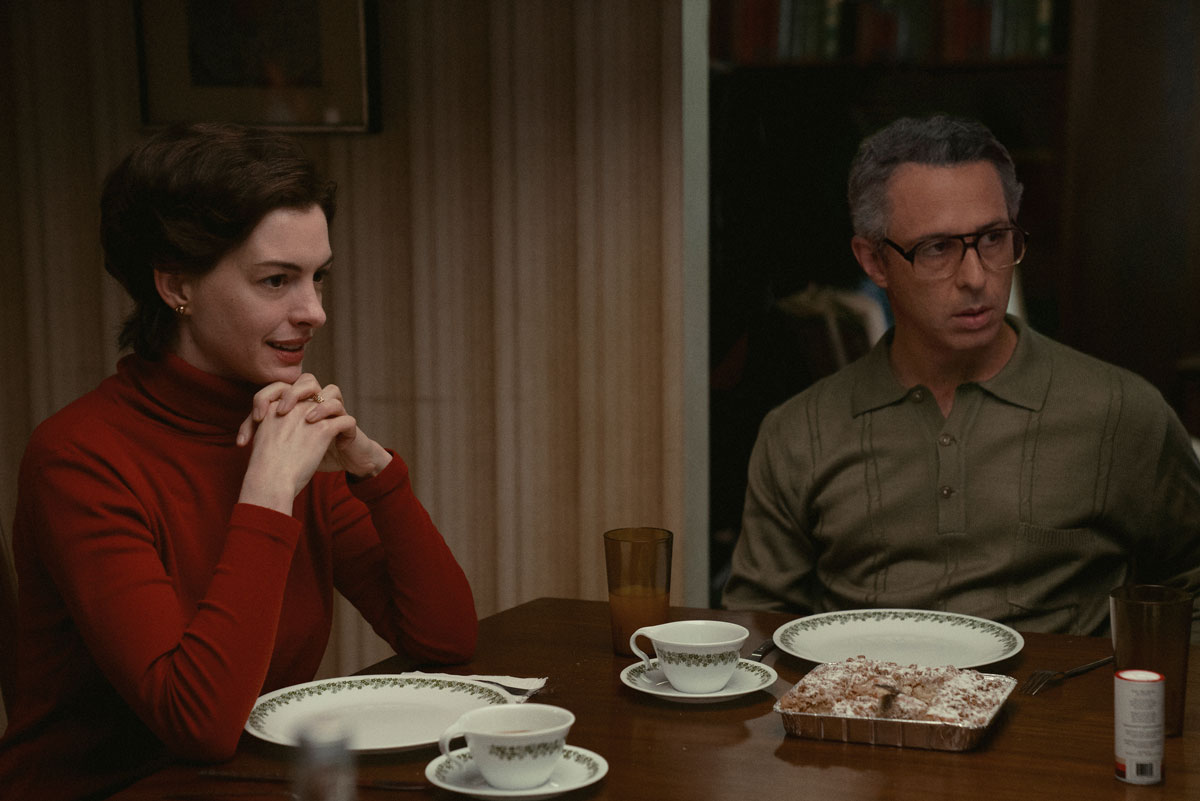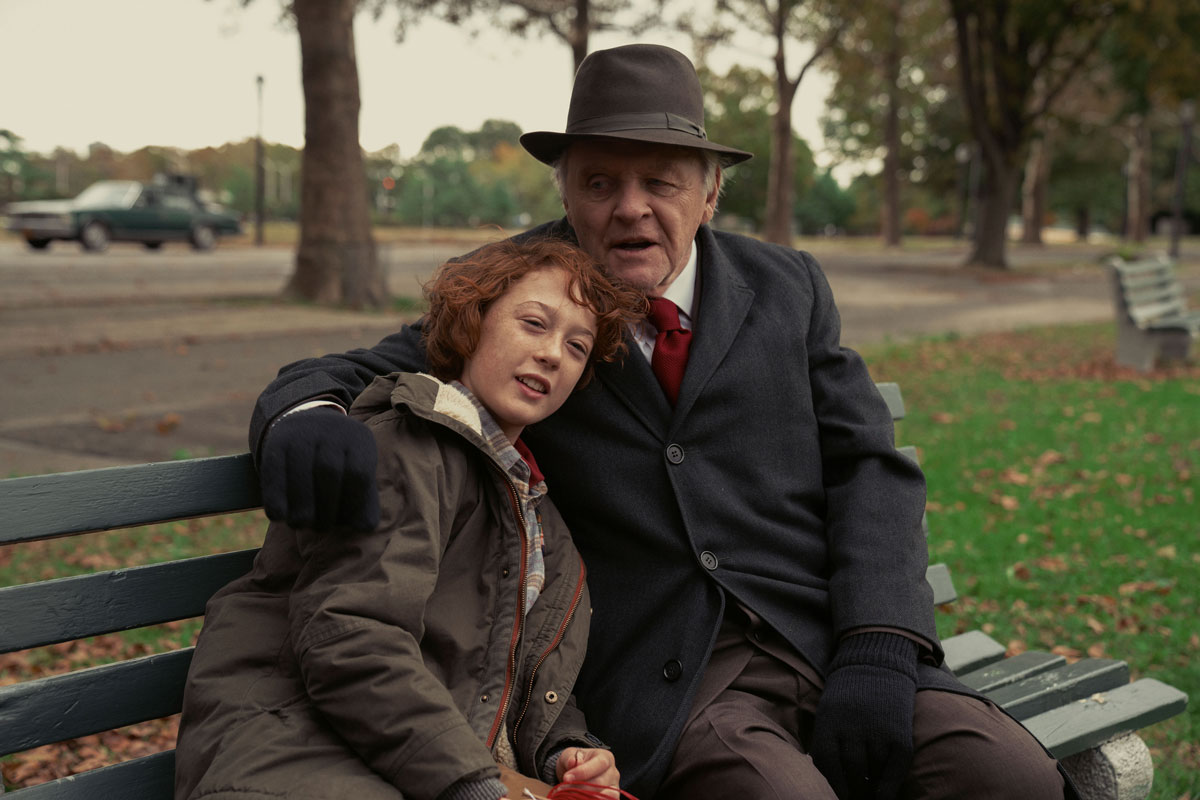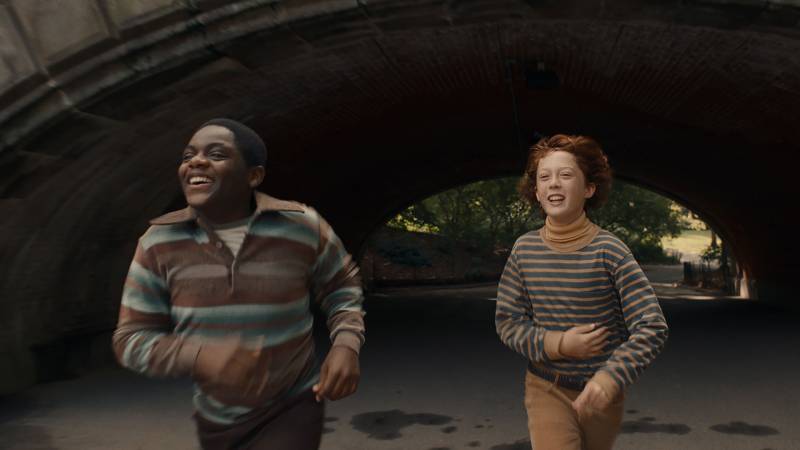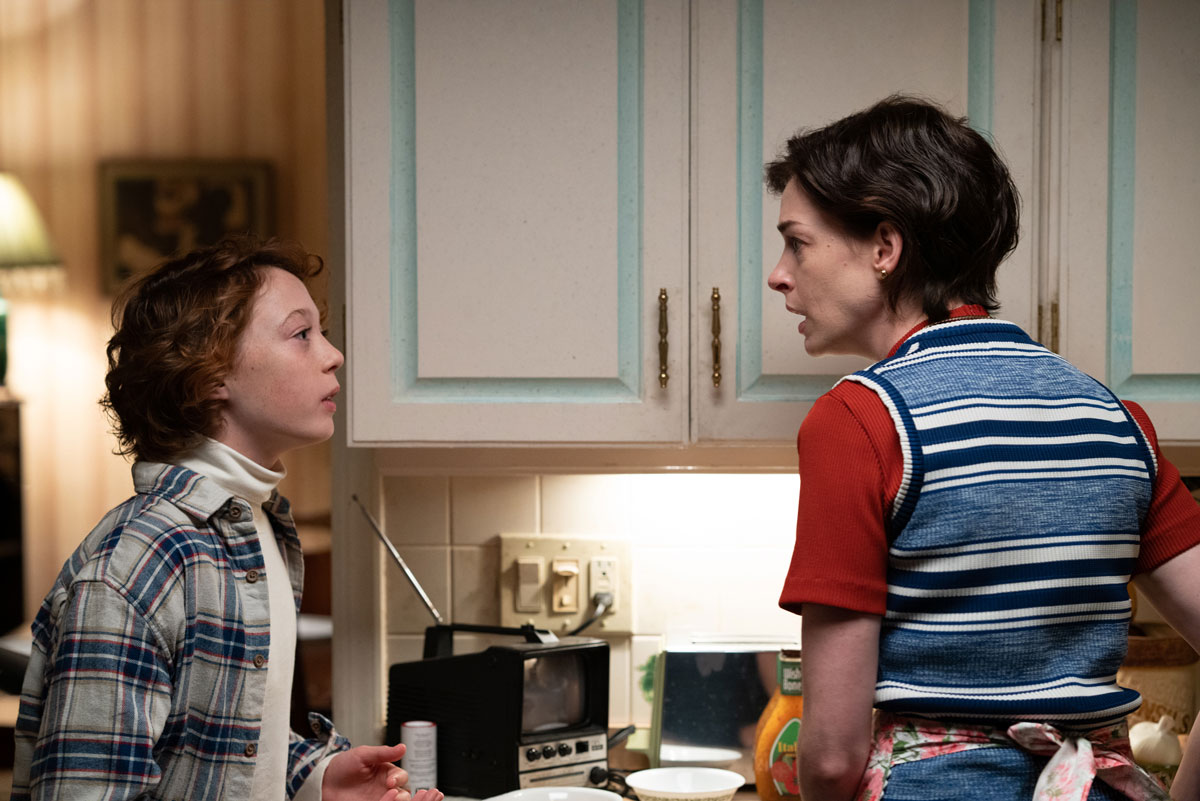A small movie with a deceptively explosive title, Armageddon Time (opening Friday, Nov. 4) augurs an apocalypse. Alas, the anticipated earth-shattering arrives with the force of a winter wind rather than a megaton bomb. Do the Right Thing would have been a better moniker, if it wasn’t too much on the nose—not that writer-director James Gray is averse to hammering home the obvious—and already taken.
The end of the world as he knows it is some months away for 11-year-old Paul Graff (a blank-faced Banks Repeta) when the film begins. Life is copacetic for the Jewish sixth-grader as he starts the school year on the eve of the eve of Ronald Reagan’s election in 1980. Yes, there’s tension at home, but there’s always tension in the cramped Queens house, between his older brother (Ryan Sell) picking on him and his plumber father (Jeremy Strong) angsting about everything.

Paul is convinced he’s smarter, wittier and funnier than everyone else, a misplaced confidence acquired through his ability to manipulate his harried mother Esther (Anne Hathaway) and the affirmational ministrations of his doting grandpa Aaron (Anthony Hopkins). Paul isn’t bothered by his family’s expectations, implicit and explicit; he’s sure that great things await him.
Plenty of protagonists of coming-of-age stories are both mildly unlikeable and think they’re special. (Those two characteristics are connected in real life, so why not in fiction?) Paul’s saga is also representative of a sub-genre of the genre — portrait of the artist as a young man — as he doesn’t merely draw good pictures for his age but has decided that he’s going to be an artist.
You can guess how this goes over with his working-class dad and pragmatic mom, although one wonders why they’re so worked up about an 11-year-old’s half-thawed aspirations. Shouldn’t they be more concerned about Paul pilfering cash from mom’s jewelry box?

Aaron Rabinowitz in ‘Armageddon Time.’ (Courtesy of Focus Features)
Paul expects his talent and savvy to carry the day at school as well, but he’s affronted by the blunt instrument that is his teacher. Mr. Turkeltaub’s (Andrew Polk) primary target, though, is a Black student named Johnny (Jaylin Webb) who Turkey (as Johnny calls the teacher) failed the previous year. The friendship that develops between Paul and Johnny becomes the motor of Armageddon Time and ground zero for its social and moral concerns.



